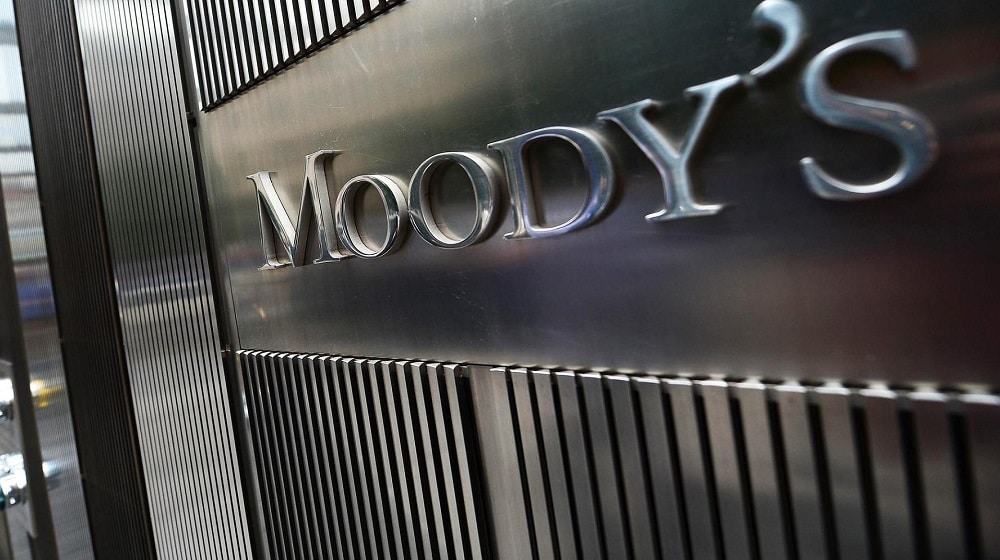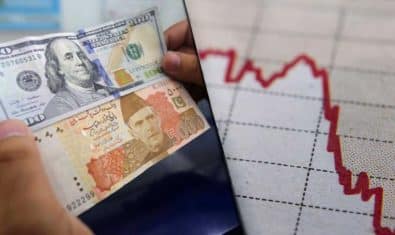Moody’s Investors Service has released a report on Pakistan’s Rupee depreciation and the consequences thereof. According to the report, the ongoing depreciation pressures are against the US dollar after a 5% downward adjustment last month.
If the PKR depreciates further, the country’s Central Bank will face a difficult challenge of anchoring inflation expectations at moderate levels. The government’s debt affordability would also likely weaken further.
However, over the longer term, allowing the PKR to reflect currency fundamentals would reduce the drain on Pakistan’s (B3 stable) foreign exchange reserves and enhance the sovereign capacity to absorb shocks to trade and/or capital flows.
Moreover, if inflation expectations are anchored and the government’s liquidity risks do not rise sharply, currency flexibility would also enhance Pakistan’s price competitiveness, given the current overvaluation of the PKR.
Greater exchange rate flexibility would also improve the economy’s shock absorption capacity by incentivizing reallocation of resources between tradable and non-tradable sectors of the economy.
Moody’s analysis is contained in its recently-released report on Pakistan titled “Government of Pakistan – Further currency depreciation would raise financing costs and inflation short term, enhance competitiveness longer term”.
Moody’s explains that the PKR depreciated around 5% against the USD, with most of the depreciation occurring over three trading days between 8 and 12 December 2017. The depreciation came on the back of a long period of broadly unchanged exchange rate, except for a one-day spike in July 2017. Since 12 December 2017, the PKR has remained broadly unchanged at these weaker levels.
Moody’s points out that around one-third of Pakistan’s government debt is denominated in foreign currency, and further PKR depreciation would increase the country’s debt burden, which was equivalent to 68% of GDP at the end of fiscal year 2017. This is higher than the median estimate for B-rated sovereigns of 55% of GDP for 2017.
Moody’s says that if the depreciation is limited to 5%, the weakening of the PKR would pose no significant credit implications for the sovereign. However, given the likely evolution of the current account, further depreciation pressures are likely.
In particular, Moody’s expects Pakistan’s current account deficit to remain around current levels, at 3%-4% of GDP, due to the high import intensity of domestically-driven growth.

























